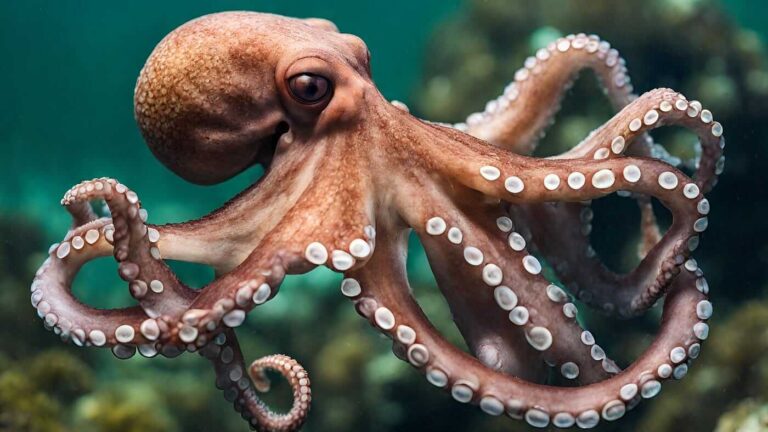X-ray Tetra: An In-Depth Look at the Fascinating Fish
The X-ray tetra (Pristella maxillaris) is a small, transparent freshwater fish known for its delicate appearance and resilience in varying water conditions. Native to South America, this species has captivated aquarium enthusiasts and biologists for decades. This article willarticle’ll explore the X-ray tetra’s scientific classification, physical characteristics, habitat, behaviour, diet, reproduction, predators, conservation status, and more.
Contents
Scientific Classification
- Kingdom: Animalia
- Phylum: Chordata
- Class: Actinopterygii
- Order: Characiformes
- Family: Characidae
- Genus: Pristella
- Species: Pristella maxillaris
The X-ray tetra belongs to the family Characidae, a diverse group of fish that includes many species found in South American rivers. Its genus, Pristella, is distinguished by species known for their translucence and adaptability.
Physical Characteristics

The X-ray tetra earns its name from its transparent body, through which its bones and internal organs are faintly visible. Some key features include:
- Size: X-ray tetras typically grow to about 1.75 inches (4.5 cm) in length.
- Coloration: Despite its transparency, the fish displays a beautiful silver hue. Its fins are adorned with black, white, and yellow stripes, making it visually striking.
- Adaptation: The transparency of the X-ray tetra serves as a defence mechanism, helping it blend into its environment and avoid predators.
Habitat
- Native Region: X-ray tetras are found primarily in the coastal rivers of South America, including Venezuela, Brazil, and Guyana.
- Water Conditions: These fish thrive in freshwater and brackish waters, with a preference for slow-moving streams and riverbanks. They are highly adaptable and can tolerate various water temperatures and pH levels, from slightly acidic to neutral waters.
- Aquarium Settings: X-ray tetras do well in tanks with plenty of plants and open swimming spaces in captivity. They are hardy fish, making them popular in home aquariums.
Behavior
X-ray tetras are peaceful, schooling fish that prefer to live in groups of at least six or more. They are known for their calm demeanor, making them excellent tank mates for other non-aggressive species. Their schooling behavior provides them safety in numbers, and they often display synchronized swimming patterns that are mesmerizing to watch.
Diet
- Natural Diet: In the wild, X-ray tetras are omnivores. They feed on small invertebrates, plant matter, and detritus in their environment.
- Captive Diet: In an aquarium, they readily accept a varied diet of high-quality flakes, pellets, live or frozen foods such as daphnia, brine shrimp, and bloodworms. A balanced diet is essential to maintain their vibrant colors and overall health.
Reproduction
- Breeding Behavior: X-ray tetras are egg-layers. During the breeding season, males display brighter colors and court females through elaborate dances.
- Spawning: Females scatter their eggs among plants or fine gravel after mating. X-ray tetras do not care for their young; the eggs hatch within 24 to 36 hours, and the fry are left to fend for themselves.
- Aquarium Breeding: For successful breeding in captivity, providing soft, slightly acidic water and plenty of plants for egg deposition is essential. Separating adults after spawning is recommended, as they may eat the eggs.
Predators
X-ray tetras are preyed upon by larger fish, birds, and amphibians in the wild. Their transparency helps them avoid detection, but they rely heavily on their schooling behavior for protection. They face no natural predators in captivity as long as they are housed with peaceful tank mates.
Conservation Status
According to the International Union for Conservation of Nature (IUCN), the X-ray tetra is classified as Least Concern. This species faces no significant threats in the wild and has a stable population. The aquarium trade has not negatively impacted their numbers due to sustainable captive breeding practices.
Interesting Facts
- X-ray Vision: The unique transparency of the X-ray tetra allows scientists to study its internal organs more easily, making it a valuable species for biological research.
- Longevity: Despite their small size, X-ray tetras can live up to 5 years in captivity with proper care.
- Brackish Water Adaptability: Unlike many other tetras, the X-ray tetra can live in fresh and brackish water, making it highly adaptable to different environments.
Evolutionary History
The X-ray tetra is part of the Characidae family, with a long evolutionary history dating back millions of years. This family of fish is well-adapted to the freshwater systems of South America, with members displaying a wide range of physical and behavioral traits. The X-ray tetra’s transparency is likely an evolutionary adaptation that helps it avoid predators in the diverse ecosystems it inhabits.
Relationship with Humans
X-ray tetras are popular in the aquarium trade due to their striking appearance, peaceful nature, and adaptability. They have been bred in captivity for decades, making them readily available for hobbyists worldwide. These fish are considered beginner-friendly and are often recommended for first-time aquarium owners.
While X-ray tetras are not used for food or commercial purposes outside of the pet industry, their popularity in aquariums has helped spread awareness about the importance of conserving freshwater ecosystems.
Conclusion
The X-ray tetra is a remarkable species that fascinates scientists and aquarium enthusiasts. From its unique physical characteristics and peaceful behavior to its adaptability and evolutionary resilience, this small fish is a testament to the wonders of aquatic life. Whether in the wild or captivity, the X-ray tetra thrives due to its incredible ability to blend into its surroundings and make the most of its environment.
- Are Rottweilers Good With Kids? Reasons & Training Tips - 17 September 2025
- How Long Are Dogs Pregnant: Complete Guide - 16 September 2025
- German Shepherd Doberman Mix: Info, Pictures, Care & More - 11 September 2025







